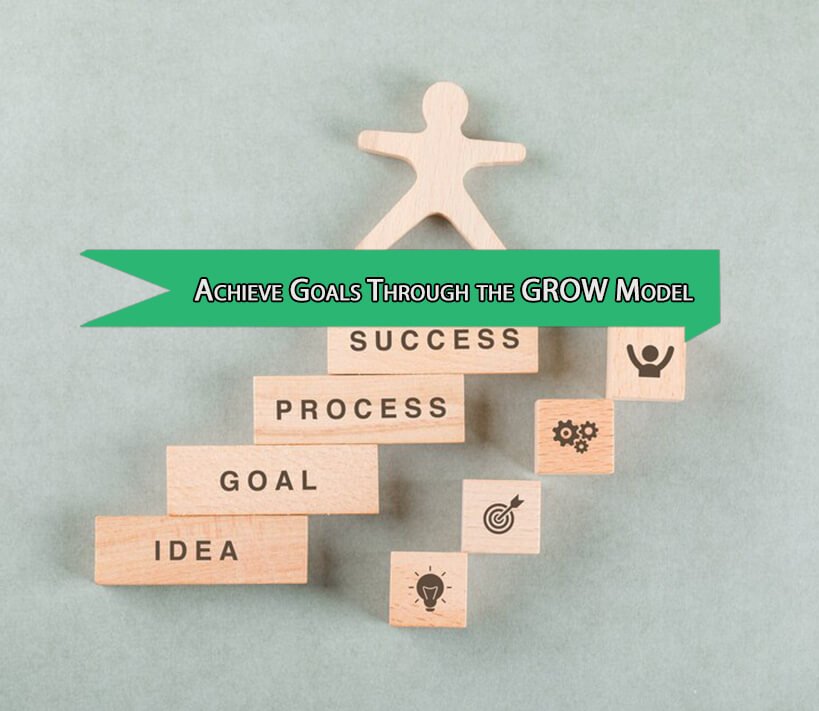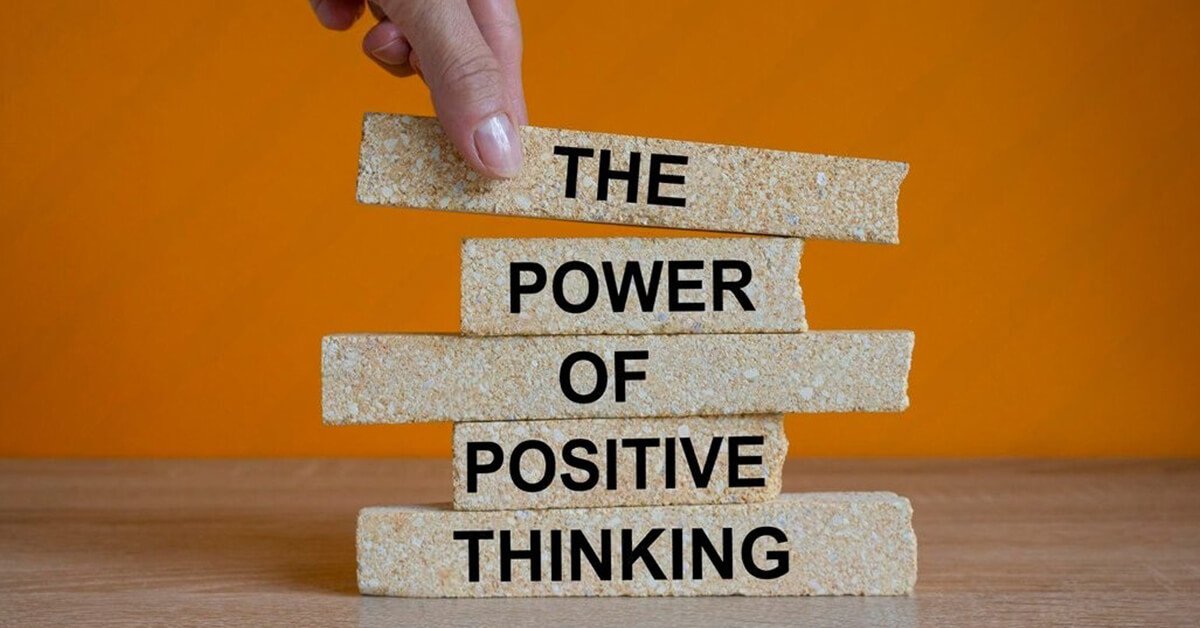Setting goals is essential in life. They help you create a roadmap for where you want to go and how to get there. However, achieving goals can be challenging. Many protest goals but struggle to follow through or face obstacles. This is where the GROW model comes into play. The GROW model is a simple framework for goal setting and problem solving. It helps individuals overcome challenges and achieve their objectives. By understanding and leveraging your psychoaura, the energy and mindset that influences your ability to stay focused, you can enhance your journey toward achieving your goals. In this blog, we will explore how to use the GROW model step by step to set and achieve your goals.
The GROW model is a goal-setting and problem-solving framework for Goal, Reality, Obstacles or Options, and Will or Way forward. It was developed by Graham Alexander in the 1980s and refined by Sir John Whitmore. This model is widely used in coaching and personal development to help individuals clarify their goals, understand their current situation, identify challenges, and motivate them to take action. It is a simple yet effective model that breaks down the goal achievement process into four steps.
Key Elements of the GROW Model
There are four key elements of the GROW model, which are below:
1. Goals
Defining what you want to achieve.
2. Reality
Understanding your current situation.
3. Obstacles
Identify challenges and barriers.
4. Will
Building the motivation and determination to succeed.
Steps to Achieve Your Goals with the GROW Model
1. Setting Clear and Achievable Goals
The first step in achieving a goal is to define your goals because, without clear goals, you can easily lose direction and motivation. Your goals should be specific, measurable, achievable, and time-bound. In this step, you need to list your short-term and long-term goals to achieve. You can write them on paper or keep them in a digital document. You must be specific about what you want to achieve and prioritize what is most important.
For example
- Short-term Goal
You want to complete your daily tasks on time.
- Long-Term Goals
You want to become a successful businessman.
It is essential to have both types of goals because short-term goals help you make incremental progress, while long-term goals provide you with a broader vision of your future.
2. Reality: Assessing the Current Situation
Once you have defined your goals, the next step is to assess the reality, where you currently stand. This involves evaluating your strengths, weaknesses, available resources, and other factors that may impact your ability to achieve your goals.
You should ask yourself questions like:
What is my current situation?
What skills and resources do I have that will help me achieve my goals?
What challenges am I currently facing?
For example
If you want to start your own tech business, consider your current technology skills, financial resources, contact networks, and any gaps in your knowledge. When you understand your reality, it helps you make practical decisions on how to proceed.
3. Obstacles: Identifying Challenges and Barriers
Whenever you set a goal, challenges will also arise. In the obstacles step, you must identify potential problems or barriers preventing you from achieving your goals. These obstacles can be either internal or external. To overcome your obstacles, it is essential to approach them with a problem-solving mindset. Break each obstacle into smaller, manageable steps and think about tackling them individually to overcome them.
4. Will
The final step in the GROW model is will, which is the determination to stay focused on your goals. Motivation helps you move forward in life, even in difficult situations. You can easily lose interest and give up on your goal without motivation. To build your willpower, ensure your goals align with your passions and values. This helps you stay committed to your vision. To strengthen your willpower, you need to keep a positive mindset. Remind yourself that setbacks and failures are a part of life. The key is never giving up. If you face failure, take it as a lesson and try again.
For example
Imagine you want to lose weight, but it is not easy to stay motivated. If you remind yourself of your reasons for wanting to lose weight, this can reignite your motivation. Celebrating small wins, like losing your first few pounds, will encourage you to keep going.
Result: Success or Failure
The ultimate result of using the GROW model is either success or failure. Success occurs when you achieve your goals. If you fail, it is important not to give up. Failure is an opportunity to learn from your mistakes and try again.
For example
Think of a mobile game. When you encounter a difficult level and fail, you do not just quit. You try again, learning from your previous attempt until you finally succeed. The same applies to your goals. Even if you face setbacks, keep trying, learn from your mistakes, and refine your approach.
Conclusion
The GROW model provides a structured approach to goal setting to help you achieve personal and professional success. By defining your goals clearly, assessing your current situation, identifying obstacles, and building your motivation, you can create a path to success. Start applying the GROW model today and take the first step towards achieving your dreams.




